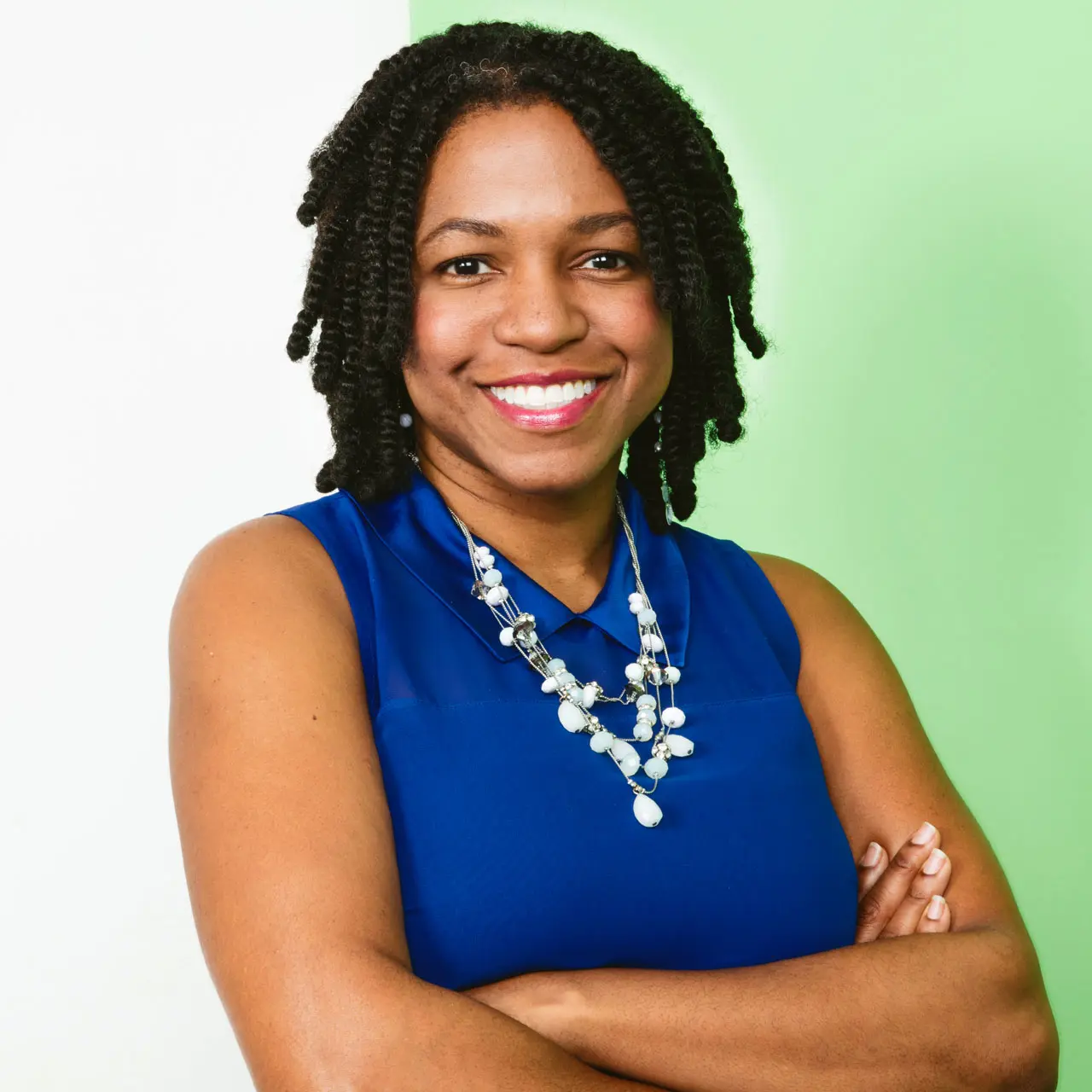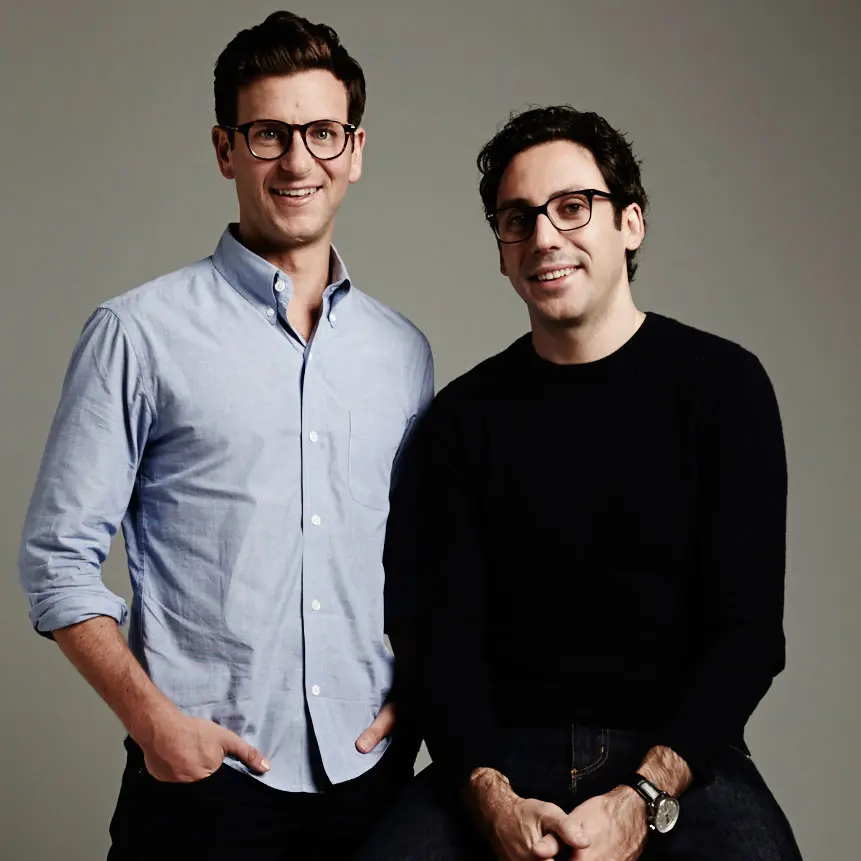Over the last few years, diversity has inched perilously toward buzzword status. Tech companies have taken to talking loudly and frequently about it since 2014 in particular, when Google became the first to make its diversity stats public. In the Trump era, championing diversity has arguably become more commodified than ever, as brands infuse their marketing and messaging with their politics—emphasizing their support for women, immigrants, and minorities.
So I wasn’t surprised that in conversations with several CEOs and execs, many were quick to cite diversity as something their companies care deeply about. But that doesn’t necessarily translate into action—or cold, hard numbers. As the federal government has begun to target individuals on the basis of religion, national origin, and gender identity, businesses are increasingly under pressure to take tangible steps to boost representation in their workplaces and protect their employees from discrimination. These are a few ways tech leaders say they’re working to accomplish that.
Running The Numbers (And Sometimes Even Sharing Them)
TaskRabbit CEO Stacy Brown-Philpot takes seriously the precedent tech companies set a few years ago on transparency. Last year, the freelance errand-runner marketplace published its demographic targets for 2016, raising African-American representation from 11% to 13%, for example, and offering internships geared toward African-Americans.
In addition to partnering this year with hiring startups like Blendoor and Jopwell, TaskRabbit is also analyzing the demographics of its Tasker community, with the goal of “ensuring that it reflects the nation’s population and the communities that we serve,” Brown-Philpot says. The company wants not just to build a diverse full-time workforce, but an equally diverse community of Taskers on the platform.

Not every company has answered the call to release hard data just yet, and some of the early momentum to do so since 2014 has flagged. Aaron Levie, CEO of the file-sharing platform Box, says his company looks “pretty similar to the Googles of the world, so we’re relatively average on a lot of our statistics.” When Box releases a diversity report later this year (it’s tentatively aiming for June), it will be the company’s first. Warby Parker, too, plans to share its diversity stats publicly this year. That puts them ahead of many other tech companies, many of which either haven’t put forth internal data at all or are subtly tempering the value they claim to see in doing so.
Snap similarly claims it cares about these issues but has yet to share numbers that prove it, while Uber published its first diversity report on Monday after weeks of bad press. Companies like Twitter and Pinterest, which both delayed the release of new data last December in order to retool their approaches, suggested that just releasing data isn’t enough.
Levie agrees. Like those other firms, he says Box’s main focus is on “making sure that we have working programs in place and things that we’ve been able to drive real activity around.” One of those programs is a new fellowship for minority college students to spend a week at Box’s headquarters to learn about business roles at tech companies. To Levie, efforts like these are more important than “just putting out another release that sort of looks exactly the same as everybody else.”
Making Pay And Promotions More Equitable
In the meantime, companies are working on curbing bias in the ways they pay and promote the employees they already have. Brown-Philpot says TaskRabbit recently overhauled its performance-review process so that now “all promotions are discussed with the entire management team and are signed off by the group before they are awarded.” That’s required bringing more people into the room to “make sure that we’re treating everybody fairly,” she says.

Levie adds that at Box, “The rate of promotion of women actually exceeds the rate of promotion of men.” And according to a spokesperson, the percentage of executive promotions of women is rising, from just 25% in 2013 to 40% in 2016. Levie says Box has now reached a scale where it’s had to “move more toward a model of intention and explicit action. The organic approach, when either speed or bias came into play, was leading to just the same kind of outcomes as a lot of other organizations.”
Hiring More Diverse Talent–Either Now Or Later
But until recently, diversity hasn’t been something every company builds policies around from the beginning. Many still don’t, and even those that do find they need to course-correct later.
“We started thinking about building a diverse team when we were 10 people in a glorified conference room,” says Kathryn Minshew, who cofounded The Muse with Alex Cavoulacos in 2011. But that proved harder than expected; like many startup founders, Minshew and Cavoulacos found themselves recruiting largely from their own networks—which meant hiring a cavalcade of women.
“All of a sudden, we realized [our team] was 10 women and two men,” Minshew says. Despite “trying to be thoughtful about diversity,” they quickly realized that relying on referrals was limiting. “Not only were we asking a high number of women for their thoughts, but on top of that,” she adds, “I think a lot of men have a tendency to refer women to us.”
Other startups are actually urged to avoid focusing on diversity until later. Tinia Pina, CEO of the agriculture tech startup Re-Nuble, works with just two other people—both of whom happen to be white men. She knows they’ll “need to be able to adapt, and that’s my biggest driver for having diversity as priority No. 1 for us.” But when looking for an operations and manufacturing manager, one adviser cautioned against letting diversity drive that choice.

Typical hires for this type of role, Pina says, are “someone in fluid dynamics or a water engineer or mechanical engineer—and most tend to be white males in those positions. I don’t go with the norm,” she says, “but my [female] mentor told me that while raising this capital, I should not actually seek a woman on the team for that position, exactly because we’d be less likely to raise that. And I was shocked.”
Minshew understands the opposite risks. “If you have a fairly uniform team, it can be really hard to find great people who are different from the mold because it’s very hard if people feel like they’re going to be a token,” she says, recalling how she “used to have other startup founders come to me and say, ‘My team is 19 dudes and we want to hire our first woman. Can you help?’ And I always say, ‘How excited would you be about being the only man on a team of 19 women?’”
Checking Culture Against Values
Minshew has found it helpful to define a clear set of “core values” her team uses to evaluate potential hires. “We created six core values that we decided were critical to someone being successful at The Muse,” she said. “Within an interview process, each candidate will be screened against each of those values at least once.” That helps hiring managers avoid the pitfalls of “a very highly subjective assessment of fit or personality.”
Warby Parker co-CEO Neil Blumenthal says hiring is just one of many places to look out for mismatches between your culture and what you claim to value. Each of the 25 conference rooms at the company’s headquarters is named after a literary character. Last month, Blumenthal went through each name and found that only six were female and six were people of color. “We weren’t as thoughtful as we could have been when we were naming the conference rooms,” Blumenthal realized.

He understands how even symbolic diversity like this can have a real, yet unseen, impact on inclusion and diversity of thought inside the company. At Warby Parker, meetings are preceded by agendas distributed in advance, and notes on what was discussed are sent out afterward. But what began as a productivity tool quickly morphed into an inclusion strategy.
“Different individuals process information differently and communicate differently, especially extroverts and introverts,” Blumenthal explains. Circulating an agenda and letting people comment ahead of time in Google Docs, he says, “helps ensure that people’s voices are heard, and it’s not just the squeaky wheel who gets the grease.”
Choosing Investors Wisely
Since women entrepreneurs have a disproportionately hard time getting funding, it’s no surprise that they often turn to female VCs. Katerina Schneider is the CEO of vitamin startup Ritual, which is backed primarily by women investors. “Investors choose you,” she reflects, “but you always kind of choose your investors as well. And I always think about bringing on investors as I think about hiring people for the team: Do they share our values? Are they excited about the product and the vision? Do they share the same kind of integrity?”

This was probably doubly true in Schneider’s case, since she was launching a product intended for women and shopping around for investors while pregnant. “I got a lot of mixed feedback,” she says.
“There was a really well-known investor that I met with who told me, ‘My wife was a pretty successful businesswoman, and then after she got pregnant, she didn’t want to work. So I’m just worried that might happen to you.’” That was useful to hear; Schneider sought funding elsewhere.
Moving Past Checkboxes
It’s no wonder that this can feel exhausting (or worse), and encourage some founders to look for ways to get beyond the gender binary. “Our branding isn’t super feminine,” Minshew says of The Muse, “it’s sort of androgynous and fun and optimistic.” This, she believes, is “really important for the longevity of the brand. We consciously look to hire great people; we’re not thinking, ‘Is it a guy or a girl?’ But we want a balance.”
Etsy, for its part, lets employees self-report gender. And with 54% of employees identifying as women (although the company has the benefit of a platform that already skews female), Etsy is one of the rare tech companies that isn’t mostly male. “To be fair,” says Brian Christman, Etsy’s SVP of people and workplace, “our employees have come to expect . . . that we are inclusive of any number of different identifiers.”
That’s by design. “We kind of go all in on operationalizing this stuff, and it sends a very clear message, I believe, to the employees that are underrepresented groups that we believe in them and we support them. This is not window dressing.”
Schneider believes diversity also means accommodating the shifting needs of different age brackets. “Now you have our generation—millennials—that are also becoming parents, and that’s kind of a new thing,” she says. “Companies have to be more accommodating of their young employees [who are] also building families. It doesn’t mean that they don’t want to work.”
Ultimately, how companies solve (and don’t solve) issues like these may all just boil down to a matter of empathy. Brown-Philpot points out that she’s often been the lone black person in the room. “I have some empathy,” says the TaskRabbit CEO. “I have been the only, or one of the only [such leaders], for a large part of my life, in a lot of different situations. To know what that feels like is so powerful because I can put myself in someone else’s shoes.”
But everyone can do that, she believes. “Every single person, regardless of whether you’re in a majority group, if you’re a male, or if you’re white,” has at some point been on the margins and can recall that feeling. To Brown-Philpot and others, that represents an opportunity: Make diversity matter to everyone, and you’re bound to keep making headway.
Recognize your brand’s excellence by applying to this year’s Brands That Matter Awards before the early-rate deadline, May 3.
